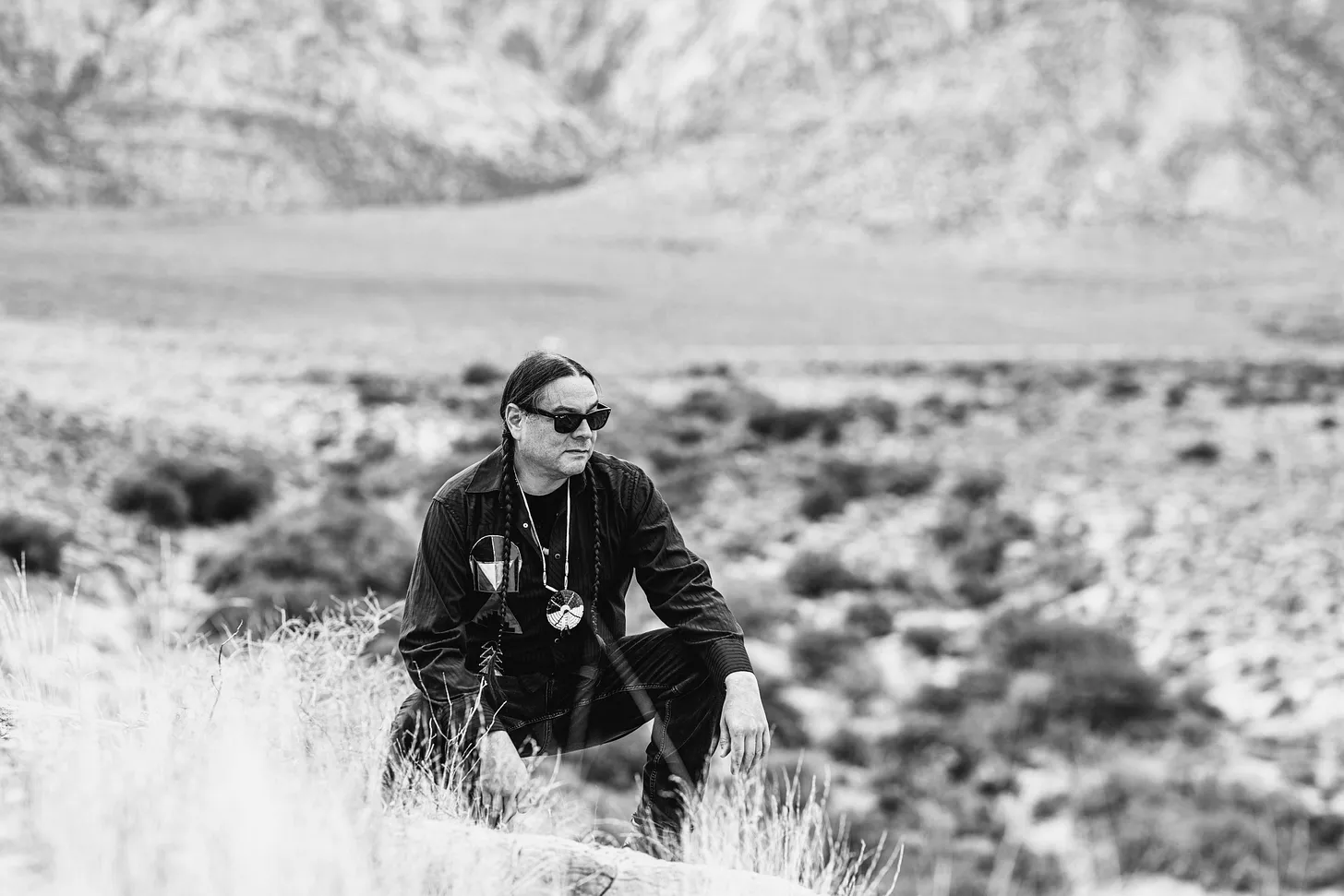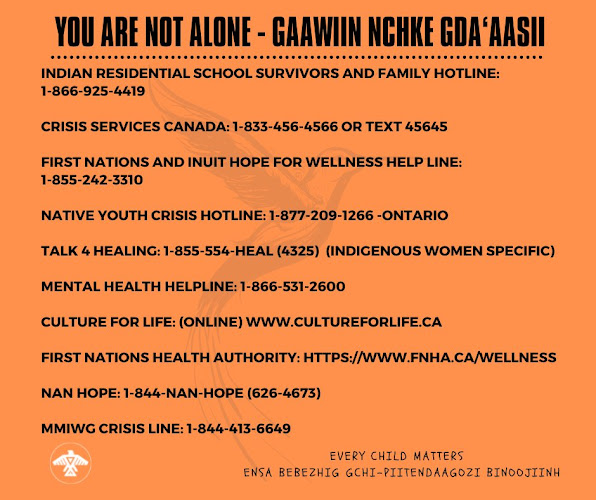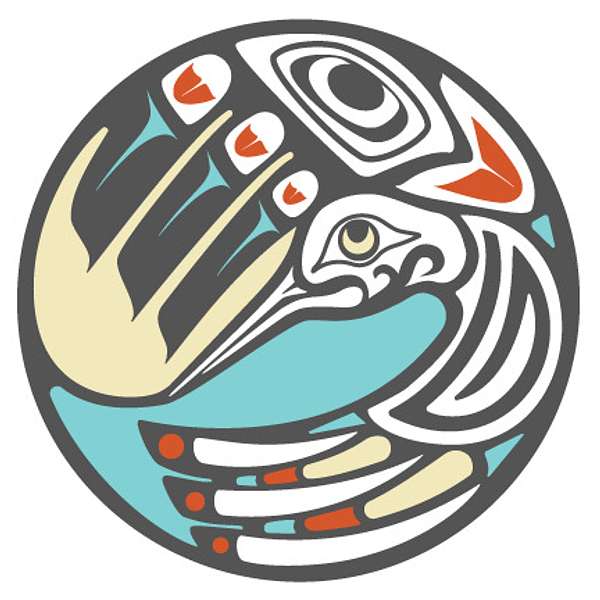This longitudinal study was one of the first to systematically explore the outcomes of transracial adoptions. Beginning in 1960, Fanshel followed 97 families that had adopted children through the Indian Adoption Project, more than one-quarter of all the children placed between 1958 and 1967. Researchers interviewed parents in 15 different states at approximately one-year intervals, but made no effort to interview or assess children directly. Most of the children had been two years old or younger at the time of adoption and were not yet teenagers when the study ended. No control group of same-race adoptees or non-adopted children was used for comparison. The study provided detailed tables and statistical correlations, as all outcome studies did, and used the instrument that Helen Witmer and her colleagues had devised to measure the quality of adoptive homes in their study of independent adoptions in Florida. Far from the Reservation also offered a wealth of narrative detail that illuminated what these adoptions meant to the parents involved.
Far From the Reservation was published at a moment of racial polarization and vehement criticism of transracial adoptions. Its main author was David Fanshel, who was one of the most prominent child welfare researchers in the postwar decades. Although Fanshel was white, he had been one of the first to tackle the question of discrimination in adoption services in his 1957 report, A Study in Negro Adoption. Fifteen years later, Fanshel still believed deeply in the promise of empirical research to improve transracial adoptions, but the changed historical context in which he worked shaped his interpretation of research findings.
Fanshel found that factors often identified as strongly correlated with outcomes were not as noticeable in these adoptions. Age at placement, for example, had been considered crucial ever since Sophie van Senden Theis‘ 1924 study, How Foster Children Turn Out, showed that children placed earlier turned out much better.
In Native American adoptions, the influence of age appeared weak, outweighed by other variables, the health status of the birth mother in particular. In addition, many professionals and researchers assumed that white couples committed to racial equality were the most likely to adopt non-white children and succeed as parents. Far From the Reservation suggested that this was not the case. Parents’ social attitudes—about civil rights, politics, and religion—did not matter except negatively. Families that were more socially concerned and active had more problems with their adopted children. Why would this be the case? Fanshel had no idea.
The study’s summary measure of outcomes, The Child Progress Scale, showed that 78 percent of all the adoptees were adequately or excellently adjusted. Only one in ten children had problems that raised serious doubts about their future well-being. This was very good news. It indicated that transracial adoptions could be arranged on a solid foundation of objective knowledge that they would turn out well rather than a subjective hope that they might. The study reassured its audience that transracial placements posed little risk to the physical or emotional well-being of individual children and Fanshel agreed that these adoptions had “saved many of these children from lives of utter ruination.”
Yet he did not equate evidence of good outcomes with endorsement of transracial adoptions. It was a mistake to consider the lives of Native American children one at a time, apart from the future of their tribes, Fanshel wrote. “It seems clear that the fate of most Indian children is tied to the struggle of Indian people in the United States for survival and social justice. Their ultimate salvation rests upon the success of that struggle. It is my belief that only the Indian people have the right to determine whether their children can be placed in white homes. Even with the benign outcomes reported here, it may be that Indian leaders would rather see their children share the fate of their fellow Indians than lose them in the white world. It is for the Indian people to decide.”
Studies that documented very good outcomes empirically were still not answers to some of the most basic questions. Were transracial adoptions wise? Were they right? Who had the right to decide?
[Source: www.darkwing.uoregon.edu/~adoption/archive/FanshelFFTR.htm]
a blog for and by American Indian and First Nations adoptees who are called a STOLEN GENERATION #WhoTellsTheStoryMatters #WhyICWAMatters
it's free
Reference Material
- How to Search (adoptees) (2025)
- NEW! Help for First Nations Adoptees (Canada)
- How to Open Closed Adoption Records for Native American Children (updated 2021)
- LOST CHILDREN BOOK SERIES
- Split Feathers Study
- The reunification of First Nations adoptees (2016)
- You're Breaking Up: Adoptive Couple v. Baby Girl #ICWA
- Indian Child Welfare Act organizations
- About the Indian Adoption Projects
- THE PLACEMENT OF AMERICAN INDIAN CHILDREN - THE NEED FOR CHANGE (1974)
- NEW: Study by Jeannine Carriere (First Nations) (2007)
- NEW STUDY: Post Adoption (Australia)
- Dr. Raven Sinclair
- Laura Briggs: Feminists and the Baby Veronica Case...
- Bibliography (updated)
- Adopt an Elder: Ellowyn Locke (Oglala Lakota)
- TWO NATIONS: Navajo (Boarding School)
- GOLDWATER
- Survivor Not Victim (my interview with Von)
- GS Search Angel Site 2024
- OBC ACCESS 2023
- FREE REGISTRY (sign up at ISRR)
- Genealogy\Indian Affairs 2021
- What is ICWA (2023)
- #MMIWG MAY 2019
- Adoption History
- Native American Banks
- MEDIA
- About Trace
How to Use this Blog
BOOZHOO! We've amassed tons of information and important history on this blog since 2010. If you have a keyword, use the search box below. Also check out the reference section above. If you have a question or need help searching, use the contact form at the bottom of the blog.
We want you to use BOOKSHOP to buy books! (the editor will earn a small amount of money or commission. (we thank you) (that is our disclaimer statement)
This is a blog. It is not a peer-reviewed journal, not a sponsored publication... WE DO NOT HAVE ADS or earn MONEY from this website. The ideas, news and thoughts posted are sourced… or written by the editor or contributors.
EMAIL ME: tracelara@pm.me (outlook email is gone)
THANK YOU CHI MEGWETCH!
SEARCH
Subscribe to:
Post Comments (Atom)

Happy Visitors!
WRITTEN BY HUMANS!

Blog Archive
Featured Post
Your History Class Was a F*cking Lie | #NOMOAR
Your History Class Was a F*cking Lie by Sean Sherman (Or: How the American Educational System Has Always Been a Racist Propaganda Program...



Most READ Posts
-
By Trace Hentz 2024: I have read new comments on this case. If you have information, please email me: tracelara@pm.me It will be kept conf...
-
Editor NOTE: This is one of our most popular posts so we are reblogging it. If you do know where Michael Schwartz is, please leave a com...
-
Eric Schweig Born: Ray Dean Thrasher on 19 June 1967 Inuvik , Northwest Territories , Canada Occupation Actor/Artisan/...
-
[Birth Mother] First Mother Forum: Adoptive parent shares thoughts on having returned... Received as a comment at the last Baby Veronica p...
-
Published on Sep 28, 2013 This 40-minute documentary explains the reason for and the process of creating and implementing ...
-
Using DNA tests, Dean Lerat has created a massive family tree for the Treaty 4 territory in Saskatchewan... By day, Dean Lerat is an RCMP st...
-
Your History Class Was a F*cking Lie by Sean Sherman (Or: How the American Educational System Has Always Been a Racist Propaganda Program...
-
By Anumita Kaur October 2024 Some of the 200 cultural items that the Wyoming Episcopal Church returned to the Northern Arapaho tribe las...
-
Facts About Adoption You Won’t Hear from Adoption Professionals Every November we post accuracy about the effects of adoption on the adopt...
-
By Melanie Payne ( mpayne@news-press.com ) August 15, 2010 Alexis Stevens liked to describe herself as a model citizen. She was adopted fr...
Bookshop
You are not alone


To Veronica Brown
Veronica, we adult adoptees are thinking of you today and every day. We will be here when you need us. Your journey in the adopted life has begun, nothing can revoke that now, the damage cannot be undone. Be courageous, you have what no adoptee before you has had; a strong group of adult adoptees who know your story, who are behind you and will always be so.
Diane Tells His Name

We conclude this series & continue the conversation by naming that adoption is genocide. This naming refers to the process of genocide that breaks kinship ties through adoption & other forms of family separation & policing 🧵#NAAM2022 #AdoptionIsTraumaAND #AdopteeTwitter #FFY 1/6 pic.twitter.com/46v0mWISZ1
— Adoptee Futures CIC (@AdopteeFutures) November 29, 2022
ADOPTION TRUTH
As the single largest unregulated industry in the United States, adoption is viewed as a benevolent action that results in the formation of “forever families.”
The truth is that it is a very lucrative business with a known sales pitch. With profits last estimated at over $1.44 billion dollars a year, mothers who consider adoption for their babies need to be very aware that all of this promotion clouds the facts and only though independent research can they get an accurate account of what life might be like for both them and their child after signing the adoption paperwork.
The truth is that it is a very lucrative business with a known sales pitch. With profits last estimated at over $1.44 billion dollars a year, mothers who consider adoption for their babies need to be very aware that all of this promotion clouds the facts and only though independent research can they get an accurate account of what life might be like for both them and their child after signing the adoption paperwork.














No comments:
Post a Comment
Please: Share your reaction, your thoughts, and your opinions. Be passionate, be unapologetic. Offensive remarks will not be published. We are getting more and more spam. Comments will be monitored.
Use the comment form at the bottom of this website which is private and sent direct to Trace.